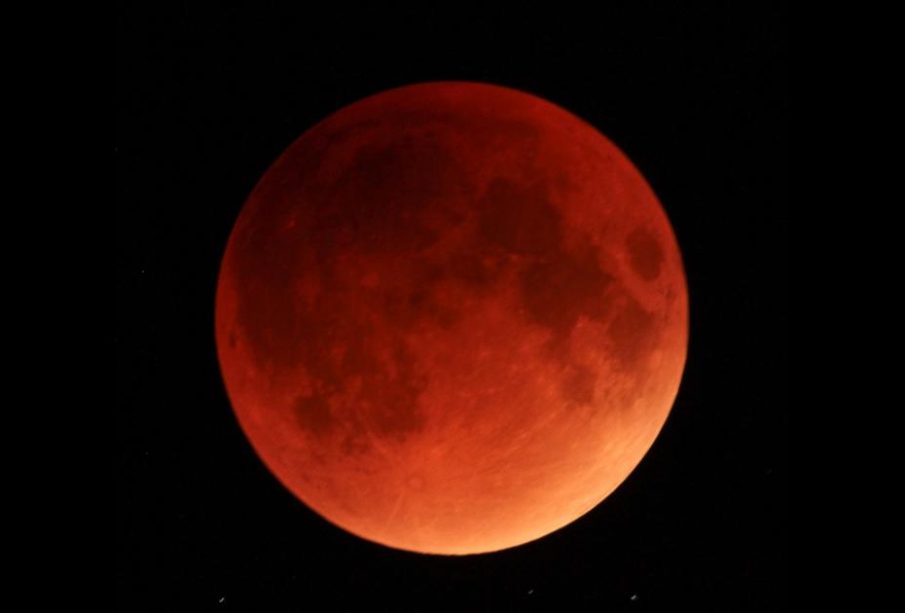Spectacular Blood Moon: September 2025 Total Lunar Eclipse Set to Dazzle Most of World’s Population

A Rare Celestial Spectacle Approaches
On September 7-8, 2025, a remarkable astronomical alignment of Earth, Moon, and Sun will create a mesmerizing total lunar eclipse, bathing our satellite in an eerie red glow. This celestial event will span more than five hours, featuring an impressive 82-minute totality phase when Earth’s massive inner shadow will plunge the moon’s entire near side into a reddish darkness.
Global Visibility and Timing
The total lunar eclipse will begin globally at 11:28 a.m. (1528 GMT) on September 7, with totality occurring at 1:30 p.m. ET (1730 GMT) and lasting for 82 minutes before the deepest part of Earth’s shadow begins to slip from the surface of the lunar disk.
An estimated 5.8 billion people — roughly 76% of the world’s population — spread across Australia, Asia, Africa and eastern Europe will be in a position to witness totality from beginning to end. The eclipse will be visible from start to finish across Asia and Western Australia, with glimpses of some phases possible from Europe, Africa, eastern Australia and New Zealand.
Understanding the Blood Moon Phenomenon
A lunar eclipse occurs when the Sun, Earth, and Moon align so that the Moon passes into Earth’s shadow. In a total lunar eclipse, the entire Moon falls within the darkest part of Earth’s shadow, called the umbra. When the Moon is within the umbra, it appears red-orange. This is why these events are sometimes called “Blood Moons”.
The Moon appears red or orange because any sunlight that’s not blocked by our planet is filtered through a thick slice of Earth’s atmosphere on its way to the lunar surface. It’s as if all the world’s sunrises and sunsets are projected onto the Moon.
Scientific Significance
Lunar eclipses don’t occur in isolation. The straight-line arrangement of Sun, Earth, and Moon presents optimum conditions for eclipses – which means that a lunar eclipse always occurs two weeks before or after a solar eclipse. In this case, a partial solar eclipse will take place on September 21, 2025, visible from New Zealand, Antarctica, various Pacific islands, and a very thin strip of Australia’s east coast.









